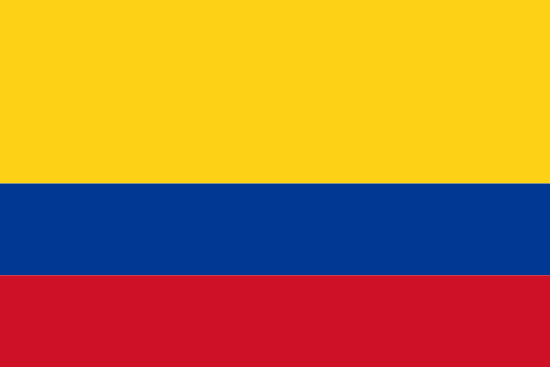"La heroica | The Heroic City"
About:
Cartagena, Colombia, was founded in 1533 by Spanish commander Pedro de Heredia. It quickly became a major center of early Spanish settlement in the Americas due to its strategic location and wealth. In the 17th century, the city's fortifications were built, making it one of the most heavily fortified cities in the Americas. Cartagena declared independence from Spain in 1811, but was not securely free until 1821. Today, it's a bustling tourism and cultural hub, known for its colonial architecture and history.
When to visit:
Cartagena, a stunning coastal city in Colombia, experiences a tropical climate with consistent temperatures year-round. The best time to visit Cartagena on a holiday would be during the dry season, which typically runs from December to April. This period offers plenty of sunshine and lower chances of precipitation, making it ideal for exploring the city's historic sites, relaxing on its beautiful beaches, and enjoying outdoor activities. It is advisable to plan your trip during these months to make the most of your holiday in Cartagena.
When to avoid:
The worst time to travel to Cartagena, Colombia on a holiday is during the rainy season, which typically occurs from May to November. During this time, visitors may experience heavy rainfall, high humidity, and potential disruptions to outdoor activities. The combination of inclement weather and crowded tourist attractions can detract from the overall travel experience. Travelers may want to consider visiting during the dry season from December to April for more favorable weather conditions.
Rainy Season (May-Nov)
Cartagena, Colombia, experiences its wettest season from April to November, with October being the peak. Average daily temperatures hover around 28°C (82°F), rarely falling below 24°C (75°F) at night. Rainfall can reach up to 200mm in October, and the city sees 5-6 hours of sunlight per day due to frequent cloud cover. Humidity levels are high, often exceeding 80%. An average day for a visitor during this season would likely involve some rainfall, but the warm temperatures still allow for enjoyable exploration.
"Hot Season (December–April)"
The warmest part of the year in Cartagena, Colombia, typically spans from December to April, with an average daily high temperature above 88°F (31°C). The hottest month is usually March, with an average high of 90°F (32°C) and low of 76°F (24°C).
Rainfall during these months is minimal, with the driest month often being January. The city experiences an average of 8 to 10 hours of sunlight per day, providing plenty of daylight for exploring.
Humidity levels are quite high, typically ranging from 70% to 90%, which can make the heat feel more intense. The sky is usually partly cloudy, with a cloud cover ranging between 40% to 70%.
For a visitor, a typical day would feel hot and humid, especially during the afternoon. The mornings and evenings are a bit cooler and more comfortable. Despite the heat, the city's coastal location provides a nice breeze, which can make the high temperatures more bearable. It's advisable to wear light, breathable clothing and stay hydrated. The plentiful sunshine makes it perfect for beach activities and exploring the city's historic sites, but don't forget your sunscreen!
Language:
In Cartagena, a major city on the northern coast of Colombia, the most commonly spoken language is Spanish, as it is the official language of the country. Due to the city's status as a significant tourist destination and a hub for international business, English is also frequently used, particularly in the hospitality and tourism sectors. Additionally, the presence of indigenous and Afro-Colombian communities contributes to the linguistic diversity of the region.




